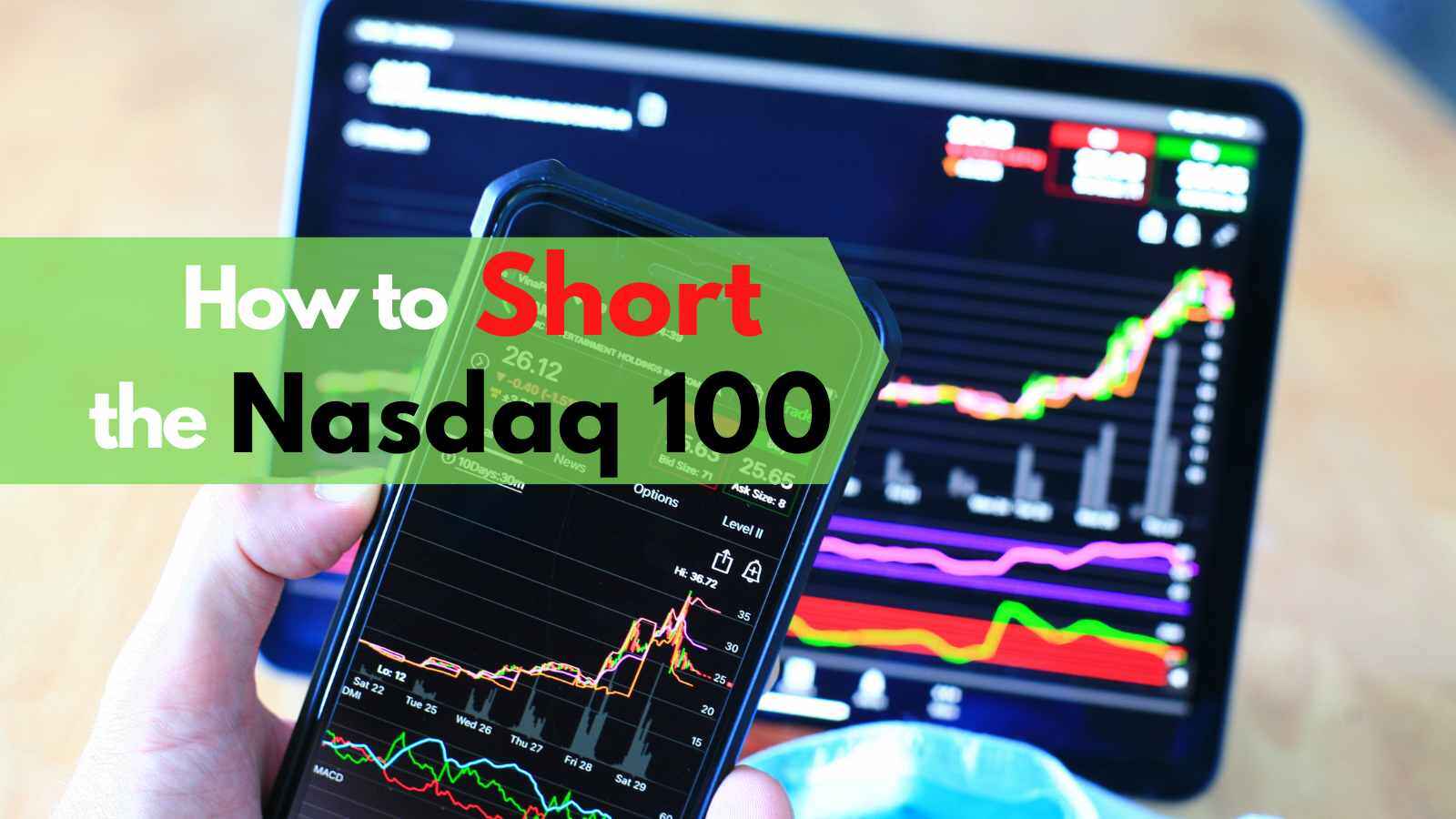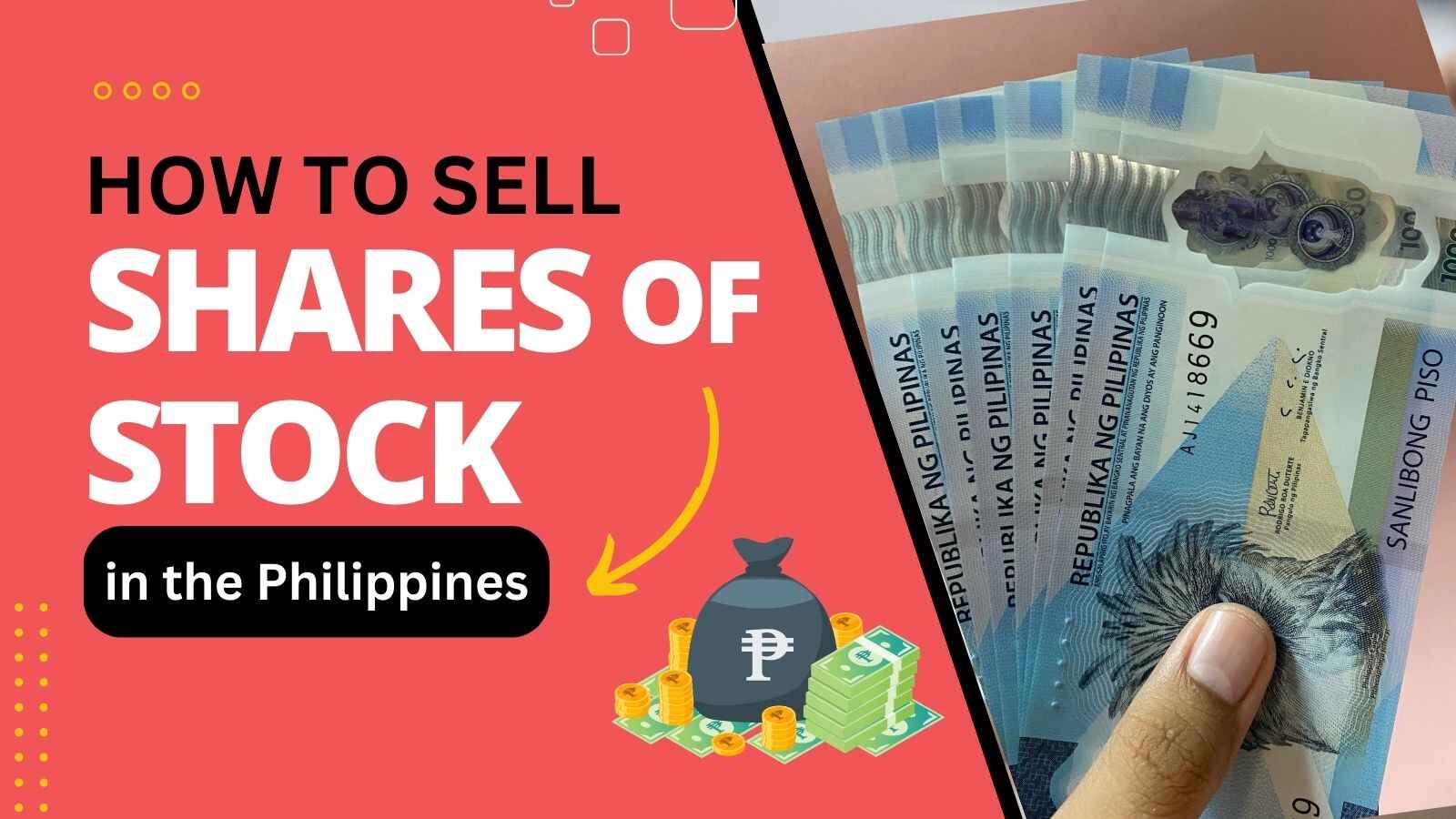Here’s your quick guide on how to invest in index funds in 2025. Index funds are among the most excellent investment inventions because they lets us invest in different assets in one basket.
In fact, famous billionaire and legendary investor Warren Buffett believes that “a low-cost index fund is the most sensible equity investment for the great majority of investors.”
We agree with the Oracle of Omaha, so we made this post to help fellow investors discover more about index funds.
What are index funds?
Index funds are baskets of stocks or bonds that aim to copy the result and performance of a financial market index such as the Nasdaq 100 index or S&P 500 index. Investors, especially beginners, like index funds because of diversification, affordability, and simplicity of investment.
Comparison Between an Index Fund vs. Stock vs. ETF vs. Mutual Fund
Index Fund vs. Stock
An index fund is a portfolio of numerous assets, while a stock is a share of ownership of one company. When you buy a portion of the S&P 500 index fund, you are investing in 500 different companies in a single fund instead of buying just one share of stock.
Index Fund vs. ETF
With index funds, you can only buy and sell shares once a day. However, you can buy and sell shares of an exchange-traded fund (ETF) whenever the stock market is open because ETFs are traded like stocks.
Index Fund vs. Mutual Fund
Most mutual funds are actively managed by financial experts. That’s why they usually come with higher management fees. Most index funds are created to be passive, and they typically charge lower fees (expense ratio), making them more attractive for investors.

How to Invest in Index Funds in 2025?
Step 1: Evaluate your investor profile
Before opening any investment, including an index fund, the first thing you need to do is evaluate your profile as an investor. It’s an assessment to learn what type of an investor you are – aggressive or conservative.
During this step, you will also know how much risk you are willing to take. Likewise, you must know your objective and goal why you’re investing in an index fund – is it to grow your capital, or are you seeking extra funds for your retirement?
At this stage, you will know what kind of index fund is suitable for you as an investor.
Step 2: Choose an index as your benchmark
An Index Fund is called by that name because it usually tracks a particular financial market index. Nowadays, there are many index funds from ETF and mutual fund investments. Consider the following factors in choosing your index funds.

Factors to Consider When Choosing Your Index Fund:
Business Exposure
The location of your investments is vital when picking your index fund. For example, Vanguard FTSE Developed Europe All Cap Index invests in prominent companies across Europe. On the other hand, Vanguard S&P 500 tracks the S&P 500 index, consisting of 500 significant companies in the USA.
Industry Sector
Every index fund is investing in a particular business sector. For example, Fidelity Real Estate Index Fund tracks the investment result of Real Estate Investment Trust (REITs) companies.
Other index funds focus on different industries, including information technology, ESG stocks, energy, financials, pharmaceutical companies, and emerging markets.
Expense Ratio
Index funds are also popular investments because of their lower expense ratio. A low expense ratio will help in achieving a higher total return.
Step 3: Select an index fund that tracks your chosen index
Now is the time to select your index fund provided by reputable investment firms. They offer numerous types of index funds suitable for different investors. Below are the top index fund providers.
Top Index Fund Companies:
- Vanguard
- Fidelity
- Schwab
- BlackRock
- JPMorgan
Step 4: Buy shares of your index fund
After you’ve finally decided your chosen investment, you can now buy shares of your index fund. You can buy directly at any broker we mentioned above.
Buying an index fund ETF is easier if you are trading in the stock market because many ETFs are available on most online trading platforms. Always remember to check the corresponding ETF of your chosen index, its prospectus, and fund fact sheet.
Top 10 Low-Cost Index Funds
The following are the top 10 low-cost index funds you can invest in 2025 in terms of expense ratio (zero to 0.03%).
- Fidelity Zero Total Market Index Fund (FZROX) 0%
- Fidelity Zero International Index Fund (FZILX) 0%
- Fidelity Zero Large Cap Index Fund (FNILX) 0%
- Fidelity Extended Market Index (FZIPX) 0%
- Schwab S&P 500 Index Fund (SWPPX) 0.02%
- iShares Core S&P 500 ETF (IVV) 0.03%
- Schwab US Large-Cap ETF (SCHX) 0.03%
- Vanguard S&P 500 ETF (VOO) 0.03%
- Schwab Total Stock Market Index Fund (SWTSX) 0.03%
- iShares Core S&P Total US Stock Market (ITOT) 0.03%
Step 5: Wait until your target profit
Whether you’re investing for long term or retirement, there comes a day that you will reach your target profit. Sell or release your shares of the index fund when you’re happy with the total gains you have achieved.
Advantages of Investing in Index Funds
Profitable Potential
Index funds typically perform better over time than other investments. If you have invested in a popular ETF that mimics the S&P 500 index like VOO, you would have made 33% in three years (total return when we published this post).
Past performance is not a guarantee of future results, but many investors are still confident with the potentials of index funds. Be careful and always study the five to ten years of performance of the index fund you prefer.
Attractive Investments
Since most index funds are passively managed with lower fees, investors are encouraged to invest regularly. That consistent mindset increases more opportunities to grow their portfolio better instead of stock picking.
Diversification
Index funds give instant diversification because they let us invest in many eggs in one basket. The composition and top holdings of index funds are also selected carefully. Their portfolios are re-balanced periodically.
Affordability
If you’re looking for ways to invest in 500 or 3000 companies with one capital, you can rely on index funds. Some brokers also allow fractional shares of ETFs that mimic the leading stock market indices.
Lower Risk
It’s typically less risky investing in an index fund than investing in an individual stock because the risk is not concentrated in one asset or a single company. Diversification helps to minimize risk.
Disadvantages of Investing in Index Funds
Exposed to market swings
Although index funds are created to grow over time, they are also susceptible to market crashes. Your portfolio may surge anytime the index you replicate is rising but the opposite will happen when the index is crashing or undergoing a correction.
Lack of control
Since you are investing in a basket full of numerous stocks, you have no control over the selection of your holdings.
Yes, the index fund allocates the investment in those famous blue-chip companies and large-cap stocks, but you’re not free to add or alter the components of the fund.
Investing Growth Limitation
Investing in index funds is like riding a bus. You are not the driver. You are a passenger; you can stop or ride the journey anytime you want, but you can’t control the direction to reach your destination.
There will always be a time when you want to explore on your own. Control the wheel and navigate your own voyage – learn the market, pick your equities, beat the index.
Index Funds FAQ:
Can you lose money in an index fund?
Although index funds are designed for capital preservation and growth, there is always a possibility an investor could lose money, especially when they open the fund when the index is on its optimal peak or all-time high. Index funds are prone to high volatility, and past performance is not always a guarantee of future performance.
What is the best S&P 500 index fund for beginners?
We think that Schwab S&P 500 Index Fund (SWPPX) is the best S&P 500 index fund for beginners because of its low expense ratio, just 0.020%. It’s also affordable to start with the SWPPX index fund because there is no minimum initial investment.
Is it worth investing in index funds?
It is worth investing in index funds if it meets your risk tolerance, investment horizon, strategy, and objective as an investor. Keep in mind, though, that there is no guarantee of profit, and you must choose the index fund that matches your profile and goals.
Disclaimer: This article is for information purposes only and should not be considered as professional investment advice. Index funds carry risks. Past performance is not an indication of future results. Every investor has a different investment horizon, risk tolerance, financial status, and objective. Conduct an independent research or hire an expert before making an investment.
Subscribe for FREE updates!



